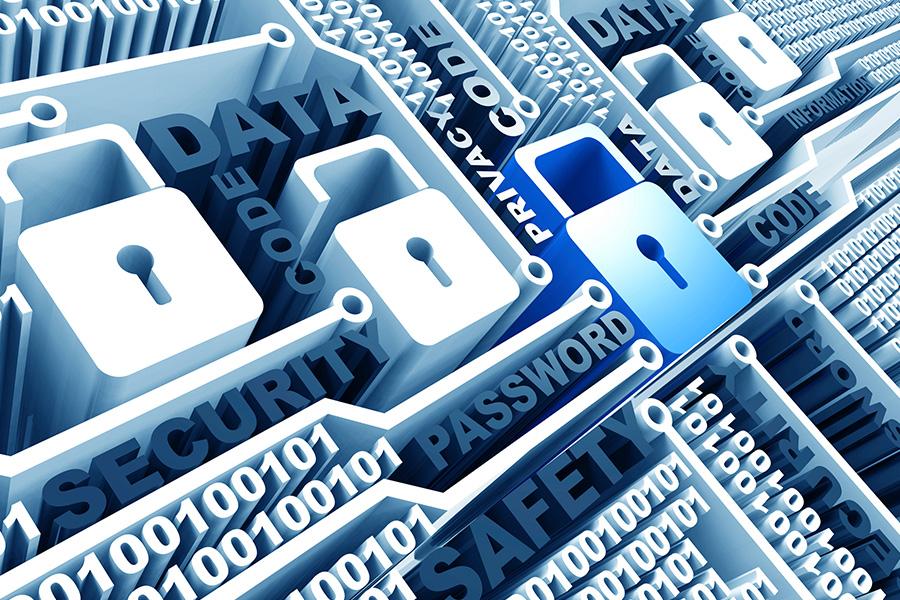Privacy on the internet is so rare. So many websites are trying to take and keep information about everyone and many try to hide it. There are very few companies and websites that keep your interests in mind. From the videos I watched, I think they all made very great and interesting points for privacy. There are some scary tactics out there. A lot of these tactics are hidden in the terms of service which are meant to be too long and confusing. The first video explained how everything we do on the internet is traced. He explained that your internet usage is similar to getting a tattoo. Companies will hold on to pictures and messages and use them for their own gain. Most of the revenue made from social media is from selling information of the users. The second video moves on to explain that even the government has eyes everywhere. Our privacy at home is not as apparent as most think. Just from scanners and cameras, the government is able to tell where you are and when you were there. This is problematic because there is nothing that we can hide and do privately. We do not deserve to be spied on every hour of every day. Now it does make it easier to catch people who may be threatening the government, but this is doable even by giving us space and privacy.
It is understandable to think that there is no reason to have privacy. After all, you probably did nothing wrong. Why should you be worried? Well, you might be surprised to find out that there are hackers that are good at doing what they do. These companies that consume and hold your information could be hacked, releasing all of your information to people who can use it against you. Your identity could be stolen or used to bribe or threaten you. The third video dives into the hacking aspect of this concern. The fourth video, though, is by a person who was taken advantage of due to her information being taken. It wasn't necessarily taken from her internet, but it still gave a clearer understanding of how our government reacts to the internet and our privacy.
With the internet still being a relatively new invention, we just do not have a great enough understanding of it. Laws are still forming around this advancement and precedents are being set regularly. The sixth, and last, video is a man who explains how companies are taking advantage of these lack of rules. He points out a doll that can be connected to the internet and talk to a child in real time. The creators of the doll made a statement saying that only professional hackers would be able to crack into the internet connection of the doll. The speaker, however, showed proof that the doll could easily be manipulated. The doll was picking up conversations of everyone nearby, and the speaker from the doll was intercepted and a person from outside the room could speak through it. This shows exactly how unsafe companies and their products can be. The fifth video is a speaker showing off a product to combat these unsafe companies. With all of these companies like Google and Amazon, they are able to read and save your emails. Andy Yen, though, created a new website that takes the message in the email you are trying to send and then creates a randomized code to make the message secretive. Then, once the message sends, the code is unscrambled for the receiver to read. It confuses the interceptors, while also letting the messengers converse. This new website is a great way to make yourself more private on the internet.



